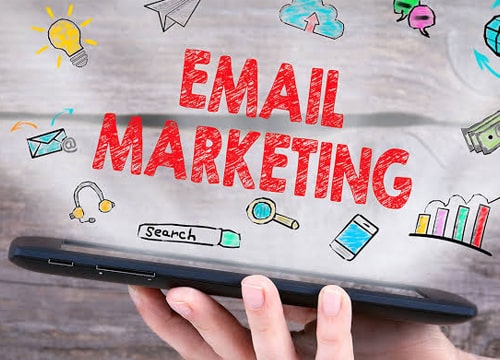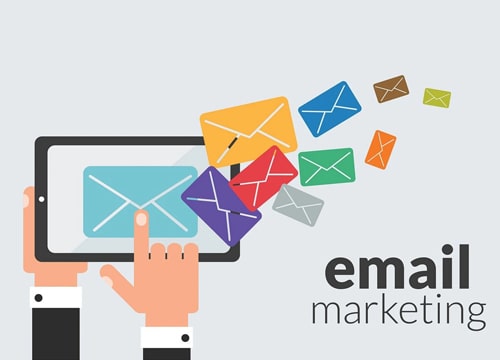Email marketing remains one of the most effective and reliable strategies in the digital marketing landscape, enabling businesses to communicate directly and personally with their audiences. Unlike social media platforms where visibility is often limited by changing algorithms, email allows marketers to deliver messages straight to the inbox, creating a consistent and controlled channel for engagement. It is widely used to promote products or services, build customer relationships, share updates, offer exclusive discounts, and drive traffic to websites. This strong ROI can be attributed to low operational costs, high targeting accuracy, and the ability to automate campaigns at scale. With the right strategy, businesses can segment their email lists based on demographics, purchase history, or user behavior, allowing them to send personalized messages that resonate with specific audience segments. Personalization is key as customers are more likely to engage with content that feels relevant to their needs and preferences.
The success of an email marketing campaign depends not only on reaching inboxes but also on delivering value. Effective campaigns begin with a strong, permission-based email list built through website sign-ups, lead magnets, or customer purchases rather than relying on purchased lists that often lead to poor engagement and higher spam complaints. Once opened, the content must be clear, concise, and engaging, with a focus on delivering useful information or offers rather than just selling. Including a clear call to action (CTA) guides the recipient toward a desired outcome, such as visiting a landing page, making a purchase, or registering for an event. Additionally, mobile optimization is essential, as a large percentage of users read emails on their smart phones.
Emails must be responsive, easy to read on smaller screens, and include mobile-friendly links and buttons. Equally important is the ability to test and measure performance. Email marketing platforms such as Mail chimp, Hub Spot, and Convert Kit offer analytics that track open rates, click-through rates, bounce rates, and conversions.



Through A/B testing and data analysis, marketers can refine subject lines, content, and timing to improve results over time. Businesses must obtain clear consent before sending emails and always provide an easy option for recipients to unsubscribe. Integrating email marketing with other digital efforts, such as content marketing, social media, or customer relationship management (CRM) systems, can further enhance engagement and conversion rates. Despite the ever-evolving digital landscape, email marketing continues to outperform many newer marketing methods in terms of reach, consistency, and effectiveness. Its power lies in its ability to deliver personalized, measurable, and actionable content directly to consumers. When executed with strategy and care, email marketing not only boosts short-term sales but also builds long-term brand loyalty and customer satisfaction.

